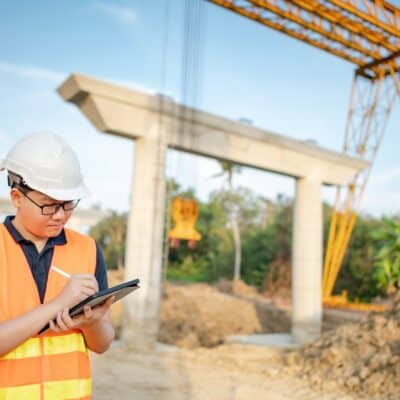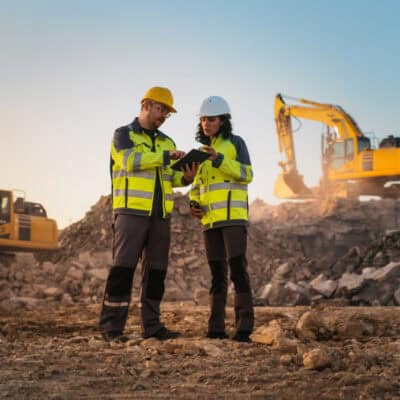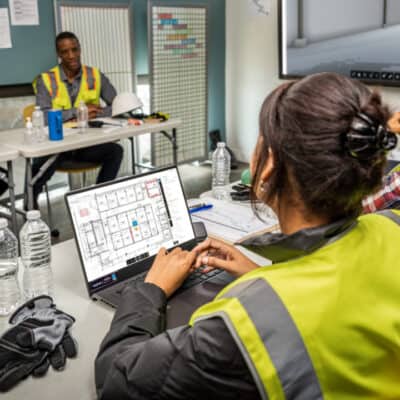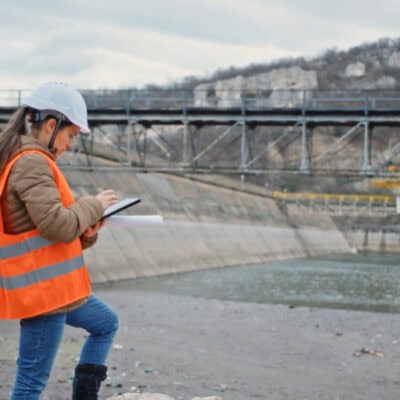AIA 2025 Revealed: 10 Insights into the Future of Architecture
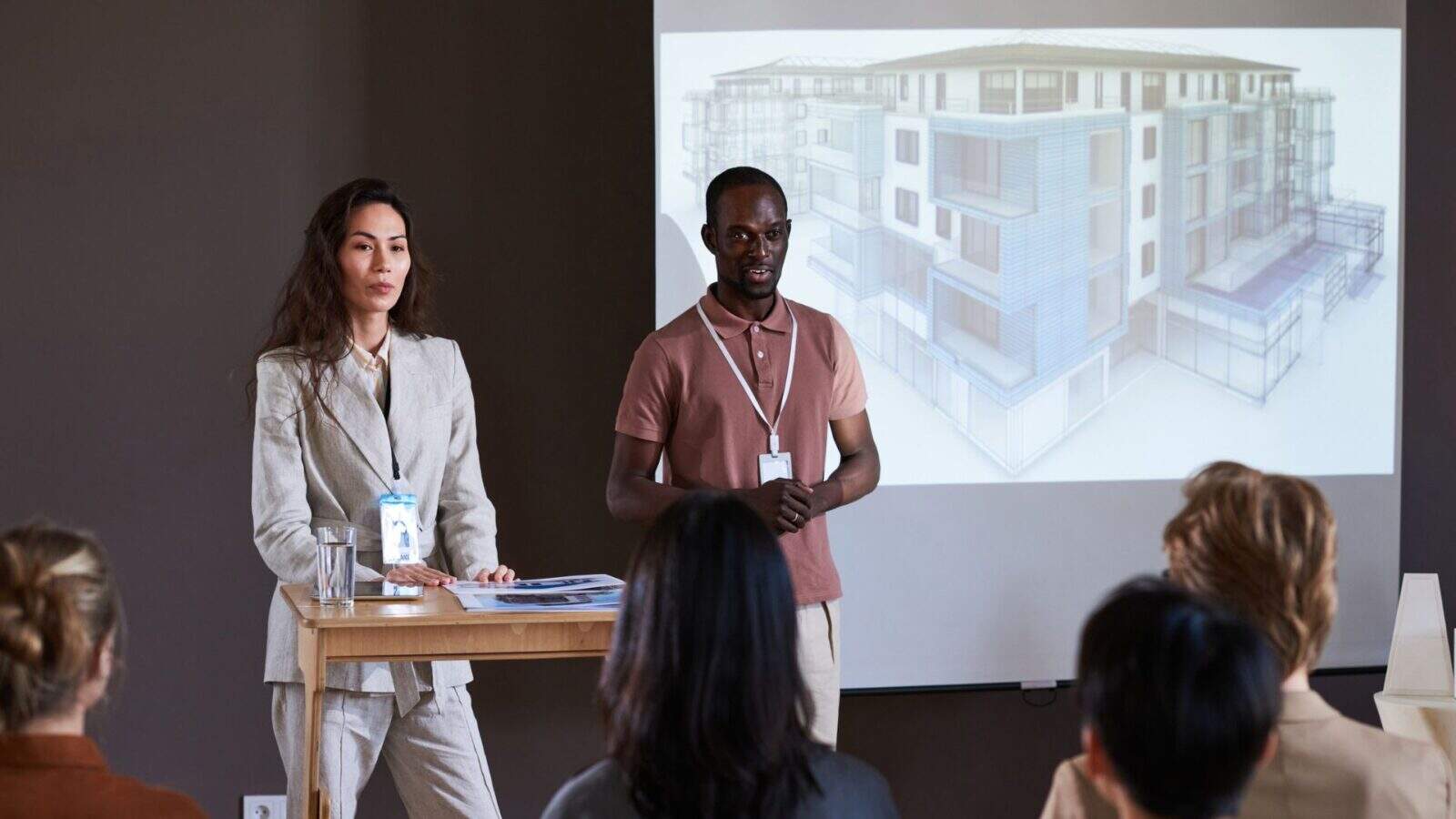
Key Themes, Innovations, and Industry Shifts from AIA25
The AIA Conference on Architecture & Design 2025 (AIA25), held in Boston, gathered more than 13,000 professionals from across the architecture, engineering, and construction industries. Over several days of keynotes, walking tours, and expert panels, a clear message emerged: the built environment is shifting fast, not just technologically but strategically and culturally.
Here’s what surfaced as the most defining takeaways from the event.
AI Is Here to Stay and It’s Maturing Quickly
AI is no longer a side conversation; it’s embedded in the design process.
Sessions showcased how firms use AI for early-stage modeling, zoning analysis, and compliance checks. The focus wasn’t speculative. It was practical: build internal frameworks now, train teams, and test intentionally. Autodesk stood out, positioning AI as a creative co-pilot, not a creative replacement. 61% of architecture firms are using or exploring AI in their workflows (Autodesk, 2025).
Your Tech Stack Says Everything About Your Firm
Technology is now cultural. It reflects your values, priorities, and ability to attract talent.
At AIA25, Autodesk’s Seaport Innovation Center tours made a strong impression—showcasing the power of integrated digital ecosystems to streamline collaboration and drive faster, more informed decisions. Centralizing data, supporting hybrid teams, and flexing workflows is now essential, not optional. Tech maturity is now a brand differentiator, not just a backend decision.
Infrastructure Needs the Architect’s Voice
Infrastructure was front and center, emphasizing civic, climate, and equity-driven design.
Presenters emphasized how architects must lead, not just support, public and environmental projects. ESRI’s geospatial insights and Autodesk Forma integrations made it clear: geographic context is now a design layer. Infrastructure isn’t background work—it’s the next frontier of architectural impact. Tech maturity is now a brand differentiator, not just a backend decision.
Modular Design Is Entering the Mainstream
Prefabrication and modular methods are scaling fast and challenging traditional workflows.
Firms shared real-world examples where early coordination and fabrication-ready models shaved weeks off timelines. What once felt like a niche is becoming a performance-driven norm.
Sustainability Must Be Transparent—and Measurable
Sustainability is no longer philosophy—it’s math.
Jurisdictions and clients demand lifecycle assessments, carbon reporting, and performance projections. Autodesk’s environmental modeling tools were repeatedly referenced as essential for making sustainable decisions visible and verifiable.
Preservation Is Getting a Digital Upgrade
Historic buildings aren’t being left behind but reimagined with tech.
From walking tours to committee panels, adaptive reuse was a significant draw. 3D scanning, digital modeling, and performance upgrades are transforming how legacy structures function. Autodesk tools were shown as key enablers of blending heritage with high-performance outcomes.
Resilient Firms Are Digitally Built
Economic headwinds are still real, but firms with strong digital foundations are weathering them better.
Standardized processes, shared data environments, and repeatable workflows were highlighted as essential for firms navigating volatility. These aren’t just IT decisions—they’re business survival strategies.
Equity Is Becoming Operational
Equity is no longer limited to vision statements; it’s moving into procurement checklists and project pipelines.
Panels emphasized actionable frameworks: inclusive RFPs, community-driven charrettes, and stakeholder engagement through digital platforms. The takeaway? Equity needs infrastructure, not just intention.
Mentorship and Meaning Are Talent Magnets
Younger professionals at AIA25 weren’t just asking about projects—they were asking about purpose.
Firm culture, leadership visibility, and design ethics were frequently discussed. Conversations centered on how mentorship builds pipelines, not just skills, and how younger talent evaluates leadership more than portfolios.
Even in 2025, Design Is Still About People
Despite all the hype around AI, automation, and data, the most powerful sessions weren’t about tools.
They were about relationships: between designers and their communities, firms and their teams, architecture and society. The human element is not only still relevant—it’s more essential than ever.
Final Takeaway
AIA25 didn’t just showcase the future; it challenged firms to lead it.
From AI and modularization to preservation and equity, the future belongs to practices that act intentionally and adopt technology with purpose. And through it all, the profession’s most enduring strength remains its ability to design for people, no matter how advanced the tools become.
Curious how these trends could impact your firm? Connect with our experts to explore how you can stay ahead of industry shifts and future-proof your practice.

